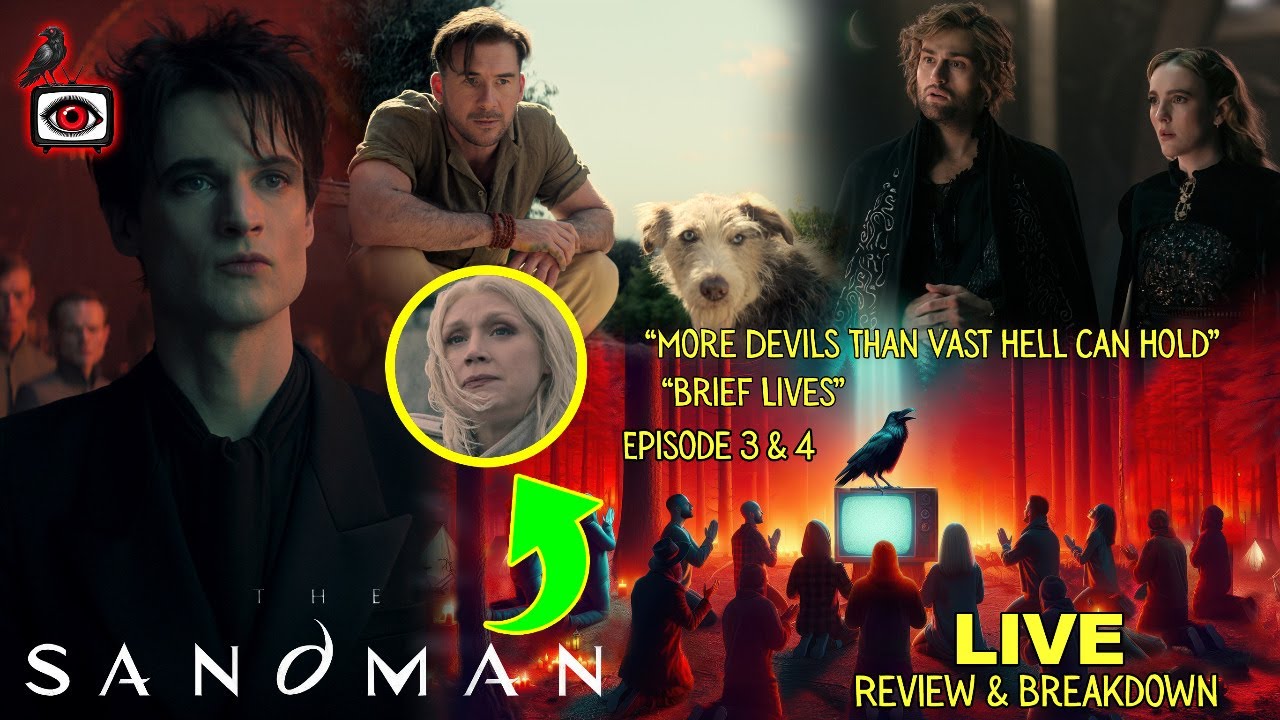
Introduction
The Sandman, a seminal comic book series created by Neil Gaiman, has been a transformative force in both graphic novels and wider popular culture since its debut in 1989. The series intricately weaves together mythology, history, and horror, offering an expansive narrative that captures the imagination of its audience. Its relevance has surged, particularly with the recent Netflix adaptation, drawing in both long-time fans and newcomers alike.
The Sandman and Its Cultural Significance
Originally published by DC Comics under the Vertigo imprint, The Sandman follows Morpheus, the titular character, who is the personification of dreams. Over the course of the series, Gaiman explores profound themes including love, loss, and the blurred lines between reality and the dream world. This thematic depth has earned The Sandman critical acclaim and a dedicated fanbase, positioning it as one of the greatest graphic novels of all time.
In August 2022, Netflix released its adaptation of The Sandman, amplifying its reach and relevance. The series has introduced Gaiman’s rich storytelling to a wider audience, earning praise for its visual storytelling and fidelity to the source material. Viewers were captivated not only by the narrative but also by the high production values and strong performances, marking it as a benchmark for adaptations of graphic novels.
Recent Developments and Adaptations
The success of the Netflix series has reignited interest in the original comics, prompting a resurgence in readings and discussions about its themes and characters. In light of the adaptation, several new collections, merchandise, and related media have emerged, further solidifying The Sandman’s place in contemporary culture. Furthermore, there are ongoing discussions about potential spin-offs and sequel series, indicating that the world Gaiman created continues to evolve.
Conclusion
The Sandman remains an influential work not only in comic book history but also in the wider literary landscape. Its exploration of human experience resonates on multiple levels, making it relevant to readers of all ages. As its adaptation continues to gain traction, The Sandman’s legacy will likely inspire future generations of writers and creators. The blending of myth and reality in Gaiman’s work opens doors to new interpretations and discussions about dreams and the essence of storytelling. For readers, The Sandman is not just a comic; it is an invitation to explore the depths of their imagination, reminding us that stories are the fabric that weaves together the human experience.
You may also like

The Literary Influence of Zadie Smith

Exploring the Bugonia Movie: A Fresh Take on Storytelling
